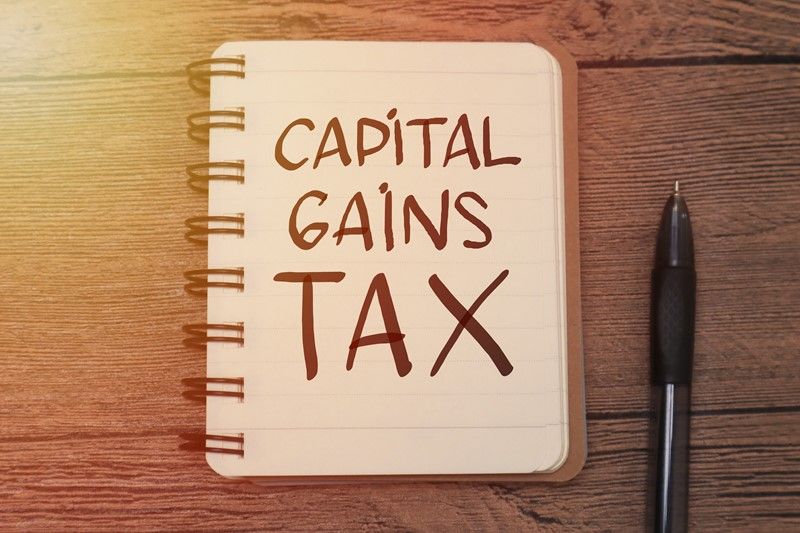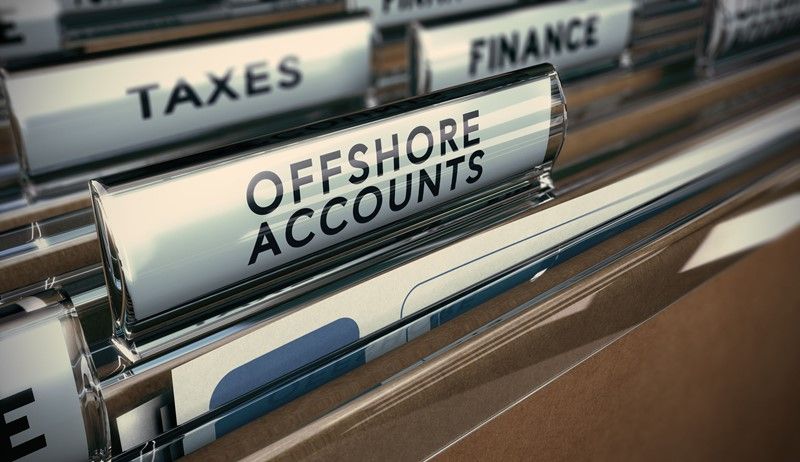Heads up for company directors
As of April 2025, directors of close companies and self-employed taxpayers face new mandatory reporting requirements on their Self-Assessment returns.
Up to 900,000 company directors and 1.2 million taxpayers carrying on a trade will be impacted by new rules that require them to provide more information when filing their 2025-26 self-assessment returns.
Legislation has been enacted that introduces mandatory reporting obligations for certain taxpayers, including those who begin or cease trading and directors of close companies. These measures came into effect on 5 April 2025 and apply for the current 2025-26 tax year and later tax years.
Company directors of close companies will face new reporting requirements. Most small private companies will meet the definition of a close company and there are some specific tax rules that apply to these companies. From 5 April 2025, taxpayers impacted by the change must confirm whether they are directors of a close company and provide further details, including the company’s name and registered number, the value of dividends received and their percentage shareholding in the company. If shareholding changes during the year, the highest percentage held must be reported. Answering these questions will be mandatory when submitting 2025-26 tax returns and beyond.
The new rules also introduce a mandatory requirement to report the start or cessation of a trade that was previously a voluntary requirement. Taxpayers are now required to include the date of commencement or cessation of their business in their tax return, whether for personal tax, partnerships or trustees. This change applies to tax returns for 2025-26 and beyond.




